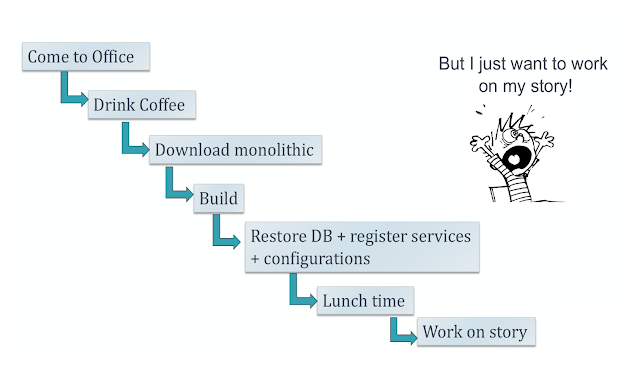Microservices - Q & A
Thank you folks for raising some great questions. I am consolidating them here for everyone to benefit! How is your experience using Kubernetes? >> Kubernetes seems very powerful and some experts would say its the modern day kernel for container orchestration. Internally, we use Rancher which I believe has Kuberneter support but I don’t think we are using it yet. We have an entire SRE team that brings fun delivery tools into the pipeline and they are actively looking into it. What are the preferred languages for writing microservices? Any recommended frameworks? >> It really depends on the type of work. If you are writing heavy ETL pipelines then python is pretty awesome! If its a CPU intensive use compiled languages - golang/.net core/java. If its orchestration style or simple get/put/delete DB operation - use nodejs. All the services should be deployed as container so it doesn’t matter which language is used. In terms of frameworks, I have used aiohttp, flask, ex





